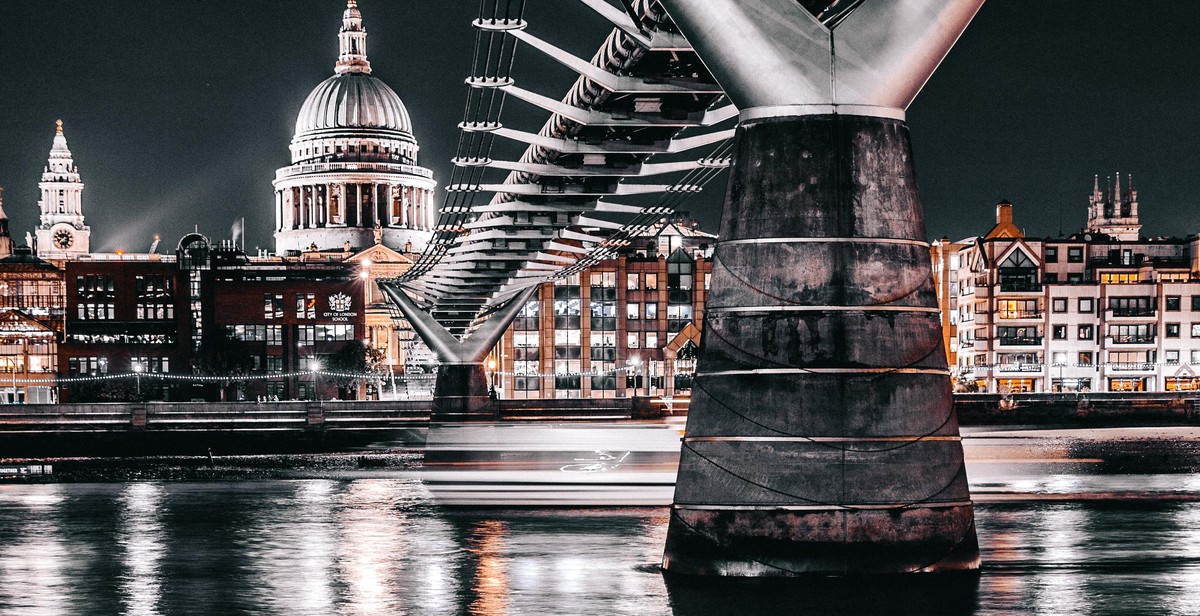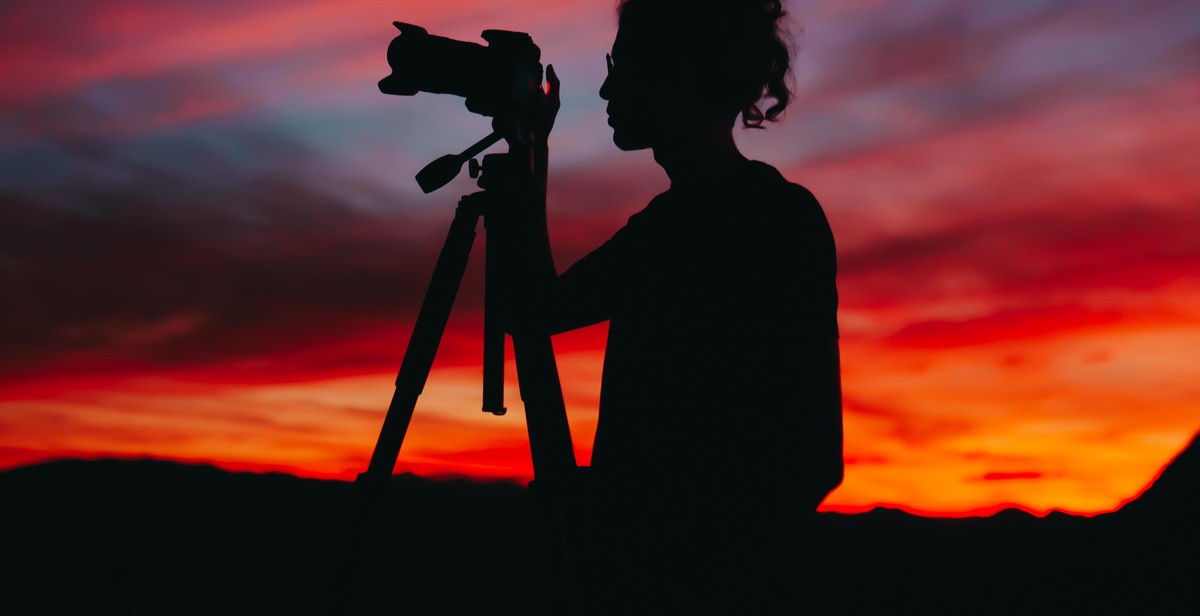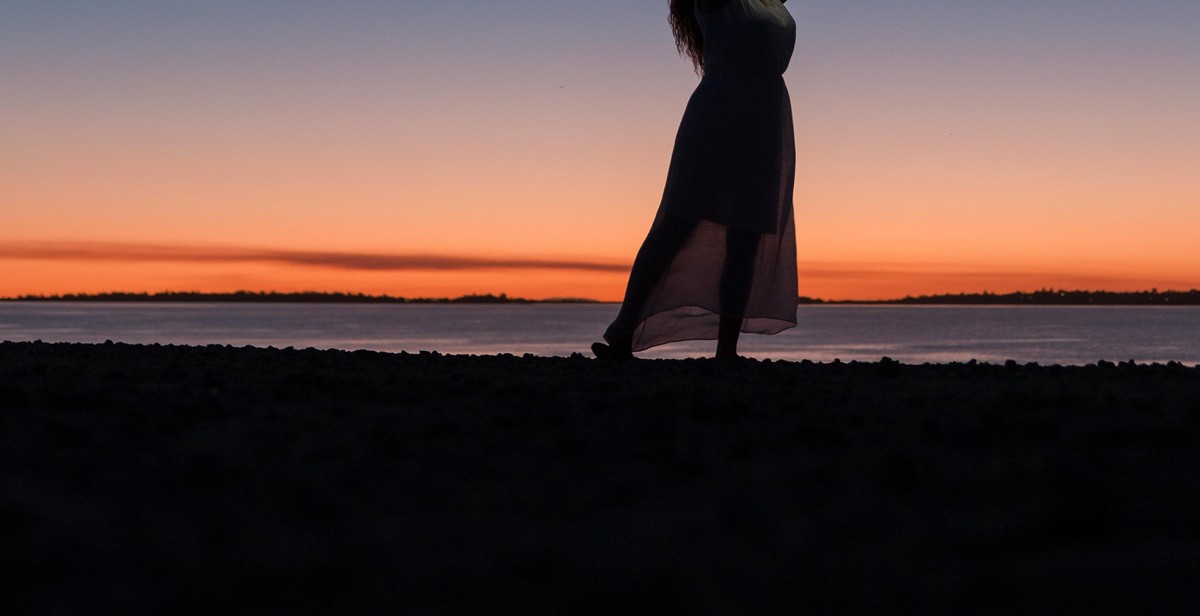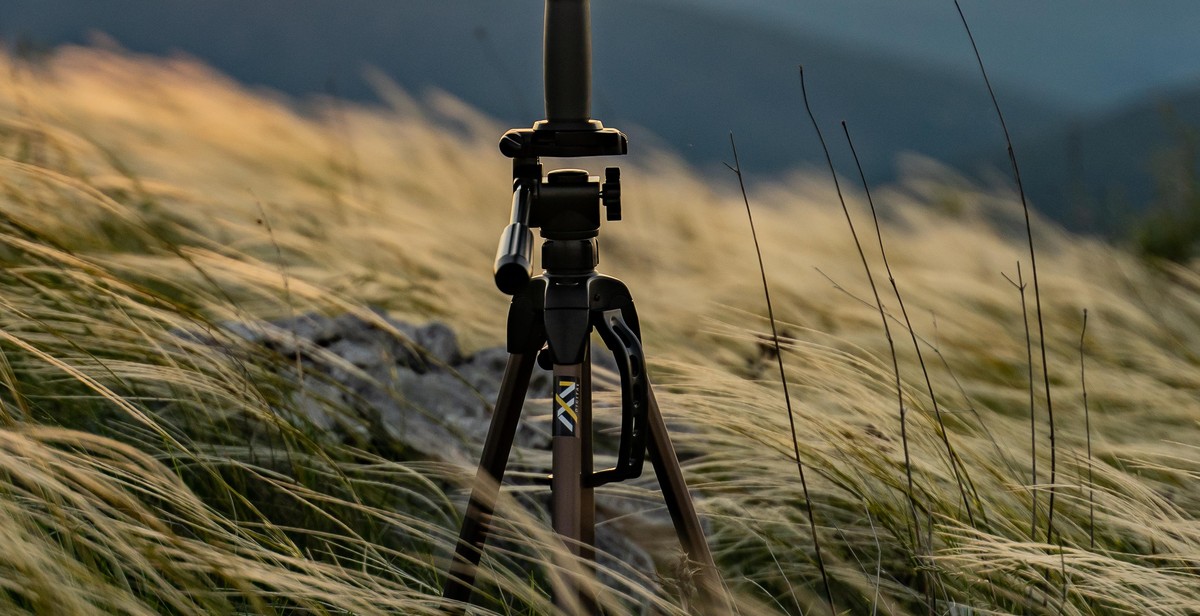How to Shoot Night Sky Photography: Capturing the Beauty of Stars and Celestial Bodies
Night sky photography is a fascinating and rewarding genre of photography that requires a different set of skills and knowledge compared to other types of photography. Capturing the beauty of stars and celestial bodies can be challenging, but with the right techniques and equipment, anyone can create stunning images of the night sky.
Why Night Sky Photography is Unique
Night sky photography is unique in many ways. Unlike other types of photography, it requires specialized equipment and knowledge of astronomy. The night sky is constantly changing, which means that you need to be prepared to capture the perfect shot at any time. Additionally, shooting in low light conditions can be challenging, and you need to know how to adjust your camera settings to get the best results.
Equipment Needed for Night Sky Photography
To shoot night sky photography, you need a camera with manual controls, a fast lens with a wide aperture, a sturdy tripod, and a remote shutter release. Additionally, you may want to invest in a star tracker, which will allow you to take long exposures without getting star trails.
Techniques for Shooting Night Sky Photography
There are several techniques you can use to capture stunning night sky images, including adjusting your camera settings, using the rule of 500, and focusing on the stars. Additionally, you can experiment with different compositions and angles to create unique and interesting images of the night sky.
By following these tips and techniques, you can capture the beauty of the night sky and create stunning images that will amaze your viewers.

Understanding Night Sky Photography
Night sky photography is a genre of photography that involves capturing celestial bodies such as stars, planets, and galaxies in the night sky. It requires a certain level of skill and knowledge to capture stunning images of the night sky.
Why Shoot Night Sky Photography?
There are many reasons why photographers choose to shoot night sky photography. For one, it allows them to capture the beauty of the night sky and the wonders of the universe. Night sky photography also provides a unique and challenging opportunity to experiment with different techniques and equipment, such as long exposures and specialized lenses.
Equipment Needed for Night Sky Photography
When it comes to night sky photography, having the right equipment is crucial. Here are some essential pieces of equipment that you will need:
- A camera: A camera with manual controls and the ability to shoot in RAW format is ideal for night sky photography.
- A tripod: A sturdy tripod is necessary to keep your camera stable during long exposures.
- A wide-angle lens: A lens with a wide aperture and a focal length of 14-24mm is ideal for capturing the night sky.
- A remote shutter release: A remote shutter release will allow you to take long exposures without touching the camera and causing shake.
- A flashlight: A flashlight will help you see your camera controls and navigate in the dark.
Other optional equipment that can be useful for night sky photography include a star tracker, which helps to compensate for the Earth’s rotation, and a light pollution filter, which helps to reduce the impact of light pollution on your images.
With the right equipment and knowledge, anyone can capture stunning images of the night sky. Keep in mind that night sky photography requires patience, practice, and experimentation to achieve the desired results.

Preparing for a Night Sky Photography Shoot
Before embarking on a night sky photography shoot, it is essential to prepare adequately. Here are some tips to help you get started:
Choosing a Location
The location you choose for your night sky photography shoot plays a crucial role in the success of your shoot. You need to find a place that is free from light pollution and has a clear view of the sky. This could be a remote area away from the city or a national park that is known for its dark skies.
When choosing a location, consider the foreground as well. A beautiful landscape or an interesting object in the foreground can add depth and interest to your photos.
Timing Your Shoot
The best time to shoot the night sky is during a new moon when the sky is darkest. You can use a moon phase calendar to plan your shoot accordingly. Additionally, check the weather forecast to ensure that there will be clear skies during your shoot.
It is also essential to consider the time of year. The Milky Way is visible from late February to early November in the Northern Hemisphere. In the Southern Hemisphere, it is visible from late April to early October.
Preparing Your Camera
Preparing your camera before your night sky photography shoot can save you a lot of time and frustration. Here are some tips:
- Charge your camera batteries and bring extras.
- Use a sturdy tripod to keep your camera steady during long exposures.
- Set your camera to manual mode and adjust the ISO, aperture, and shutter speed accordingly.
- Use a remote shutter release or the camera’s self-timer to avoid camera shake.
- Bring a flashlight or headlamp to help you navigate in the dark and adjust camera settings.
By following these tips, you can ensure that your night sky photography shoot is a success.

Capturing the Night Sky
Shooting the night sky can be a challenging but rewarding experience for photographers. With the right camera settings and techniques, you can capture the beauty of stars and celestial bodies. Here are some tips for capturing the night sky:
Camera Settings for Night Sky Photography
When it comes to night sky photography, you need to use a camera that can shoot in manual mode. This will give you complete control over your camera settings. Here are some recommended camera settings for night sky photography:
| Setting | Recommended Value |
|---|---|
| ISO | 1600-3200 |
| Aperture | f/2.8-f/4 |
| Shutter Speed | 15-30 seconds |
Keep in mind that these settings can vary depending on the lighting conditions and the type of camera you are using. It’s recommended to experiment with different settings to find what works best for you.
Focusing Your Camera
One of the most important aspects of night sky photography is getting your focus right. Here are some tips for focusing your camera:
- Use manual focus instead of autofocus
- Use live view to zoom in on a bright star or planet
- Adjust your focus until the star or planet appears sharp
Once you have focused your camera, make sure to turn off your autofocus to avoid any accidental changes in focus.
Dealing with Noise
Noise can be a common issue in night sky photography, especially when shooting at high ISOs. Here are some tips for dealing with noise:
- Use a noise reduction tool in post-processing
- Shoot in RAW format to have more control over noise reduction
- Take multiple shots and stack them together to reduce noise
By following these tips, you can capture stunning images of the night sky that will leave you in awe.

Editing Your Night Sky Photos
Once you have captured your night sky photos, it’s time to edit them to bring out the best in your shots. Here are some editing tips to help you enhance your photos:
Importing Your Photos
Before you start editing, it’s essential to import your photos to your preferred editing software. Lightroom and Photoshop are some of the most popular editing software among photographers, but there are also other options available.
When importing your photos, ensure that you select the correct file format. RAW files are the best option for night sky photos as they contain more data and allow for more extensive editing.
Adjusting Exposure and Contrast
One of the most critical aspects of editing night sky photos is adjusting the exposure and contrast. Since night sky photos are taken in low light, they tend to be underexposed. Increasing the exposure will make your photos brighter and bring out more details.
Adjusting the contrast will help you enhance the tonal range of your photos. Increasing the contrast will make the dark areas darker and the bright areas brighter. However, be careful not to overdo it as it can result in a loss of details.
Color Correction and Enhancements
Color correction is crucial in editing night sky photos. It’s easy for the colors to appear off due to the low light conditions. Adjusting the white balance will help you correct any color casts and bring out the natural colors of the sky.
You can also enhance the colors of your night sky photos by adjusting the saturation and vibrance. Increasing the saturation will make the colors more vivid, while increasing the vibrance will make the colors more intense without affecting the skin tones.
| Import your photos to your preferred editing software. |
| Select the correct file format. |
| Adjust the exposure and contrast to bring out more details. |
| Correct any color casts by adjusting the white balance. |
| Enhance the colors of your photos by adjusting the saturation and vibrance. |
By following these editing tips, you can enhance your night sky photos and bring out the beauty of the stars and celestial bodies.

Conclusion
Shooting night sky photography can be a challenging but rewarding experience. With the right equipment, knowledge, and technique, you can capture the beauty of stars and celestial bodies in stunning detail.
Tips to Remember
- Choose the right location with minimal light pollution
- Use a sturdy tripod to keep your camera steady
- Experiment with different camera settings to find the perfect exposure
- Consider using a remote shutter release to minimize camera shake
- Be patient and allow enough time for your camera to capture enough light
Remember, practice makes perfect, so don’t be discouraged if your first attempts don’t turn out as expected. Keep experimenting with different techniques and settings until you find the perfect combination for your desired shot.
Final Thoughts
Night sky photography is a fascinating and rewarding genre of photography that requires patience, dedication, and skill. With the right equipment and technique, you can capture stunning images of stars, planets, and other celestial bodies that will leave a lasting impression on viewers. So, grab your camera, head to a dark location, and start capturing the beauty of the night sky today!
